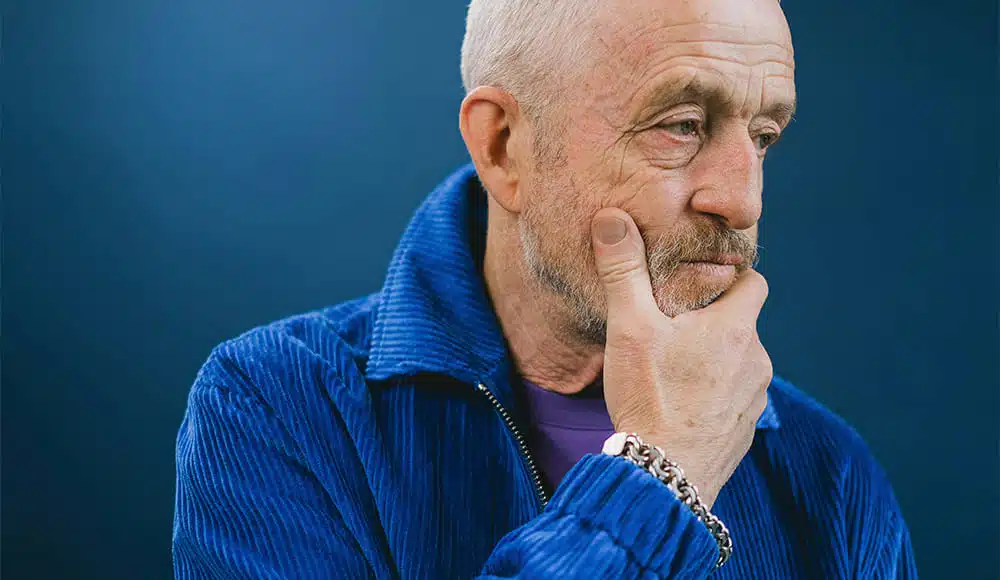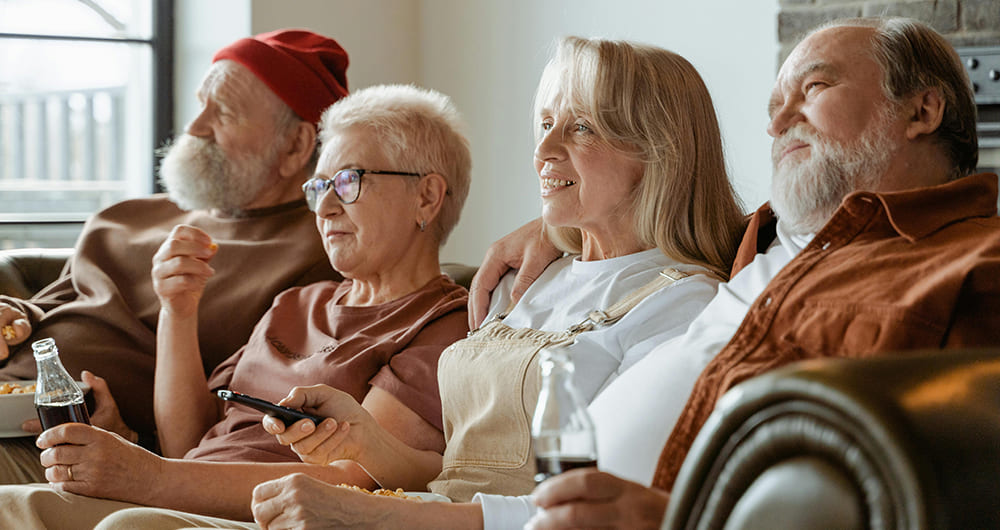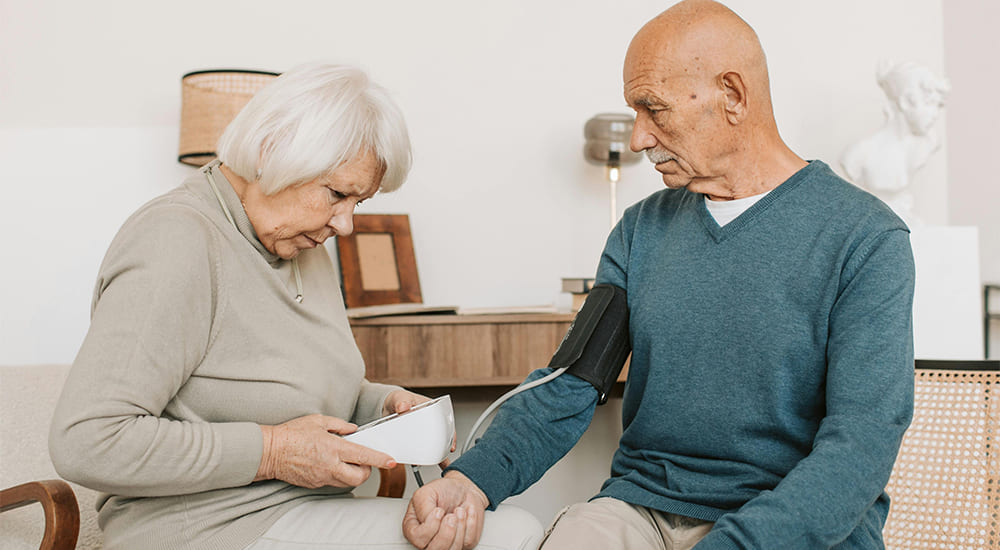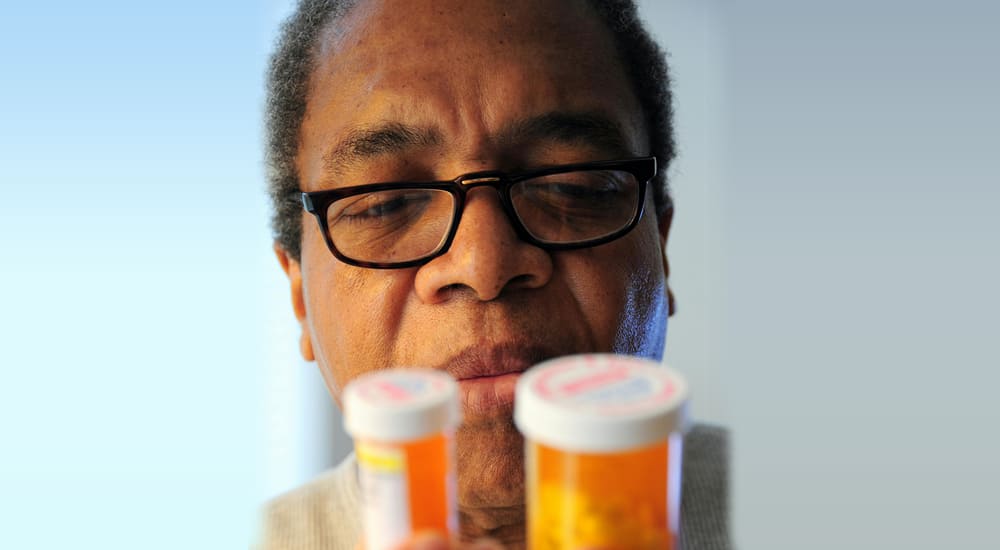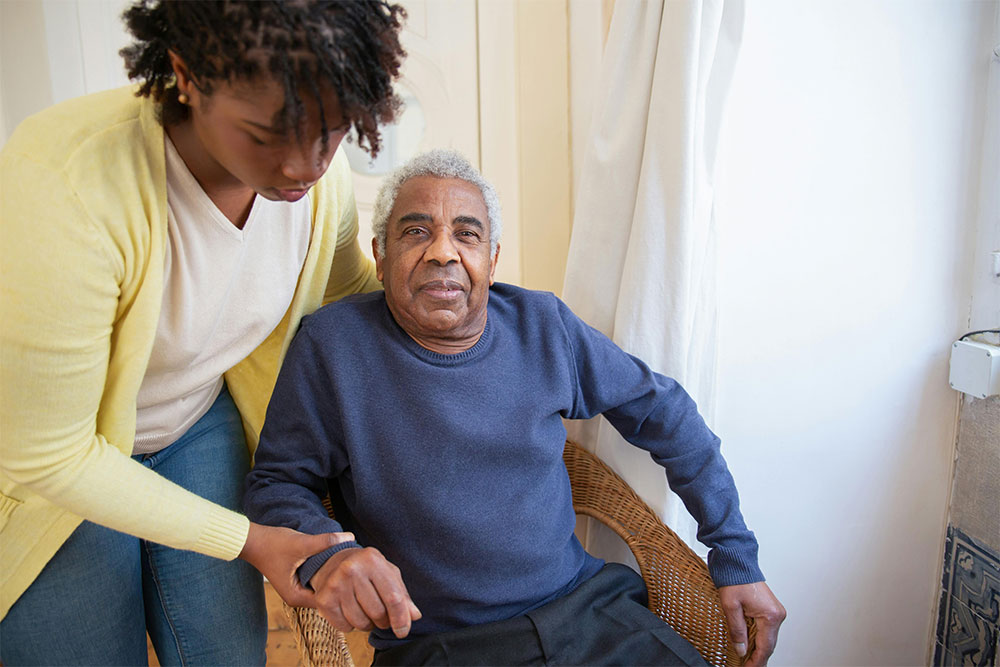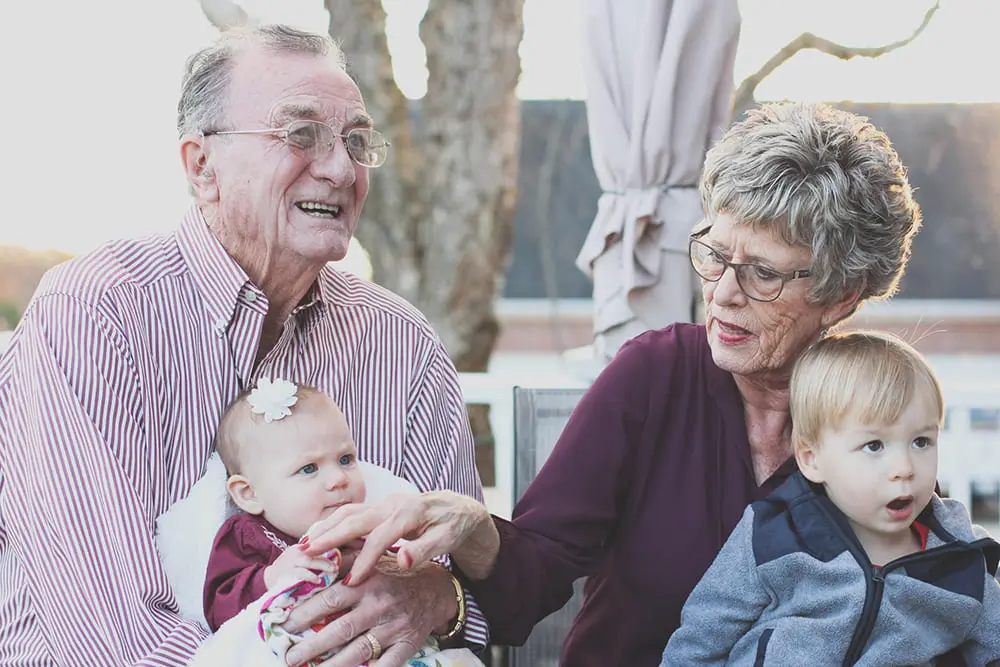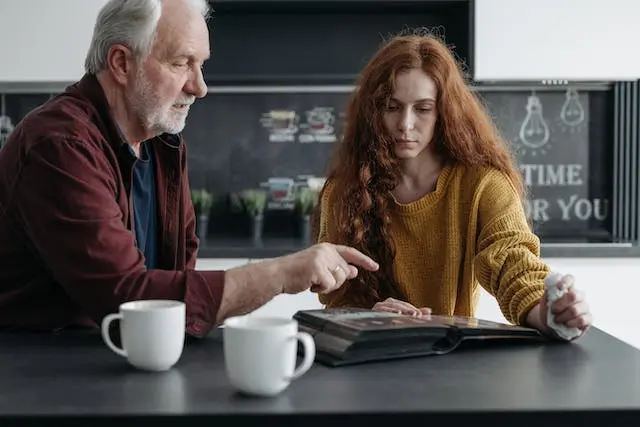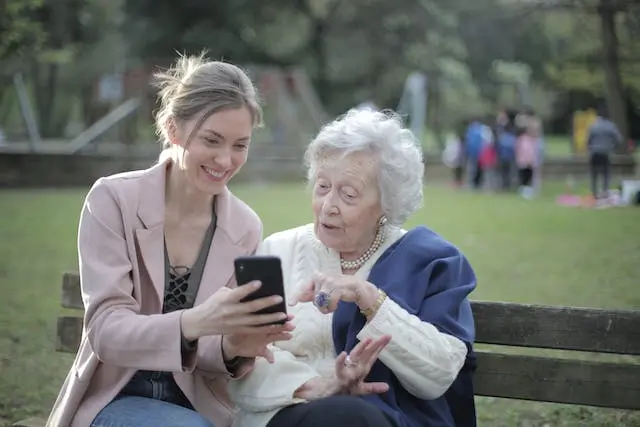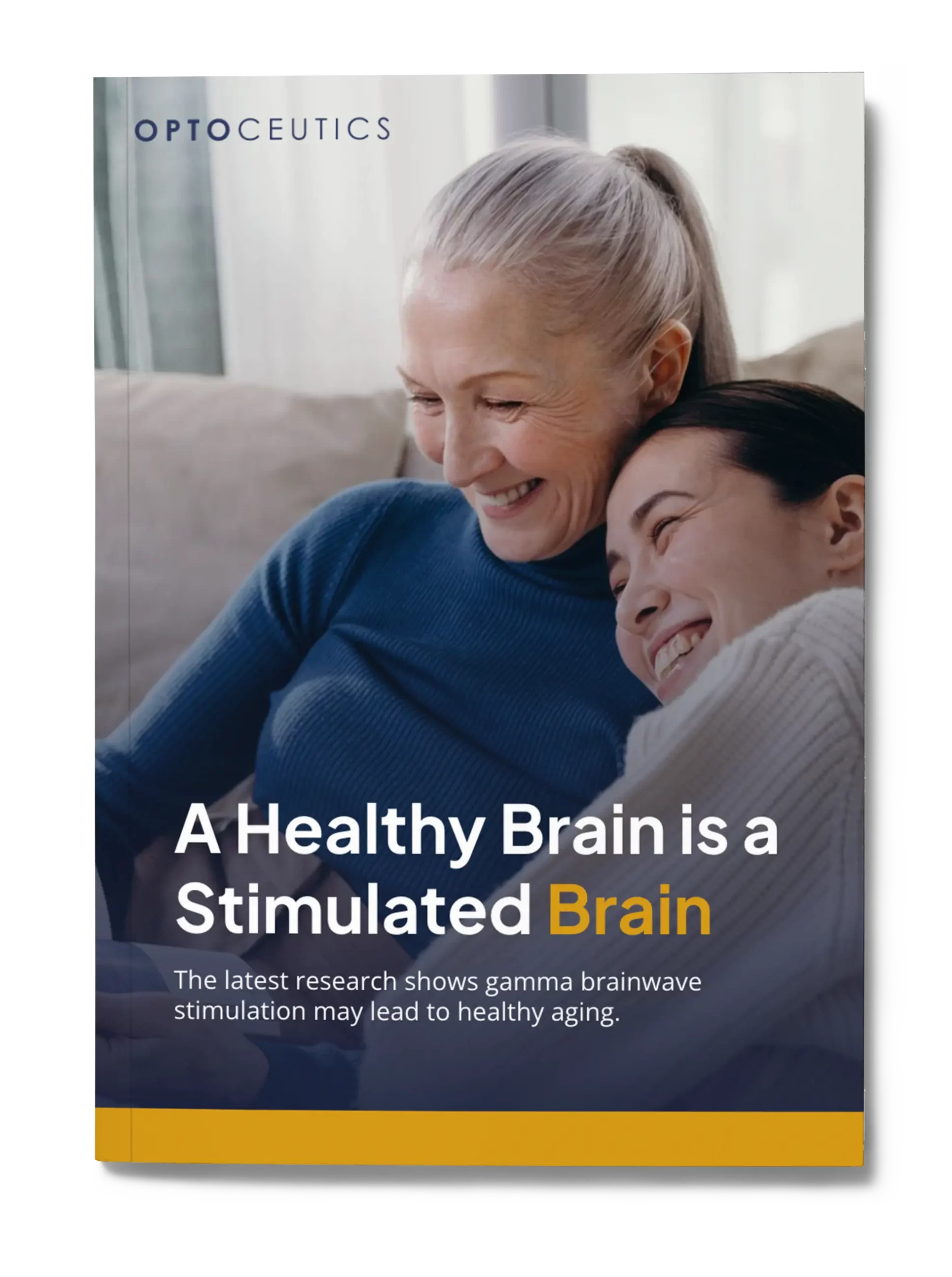Memory decline can occur due to various reasons. Cognitive rehabilitation exercises offer a targeted approach to improving memory function, using specific techniques and training levels. Let’s explore some examples and the potential benefits they hold.
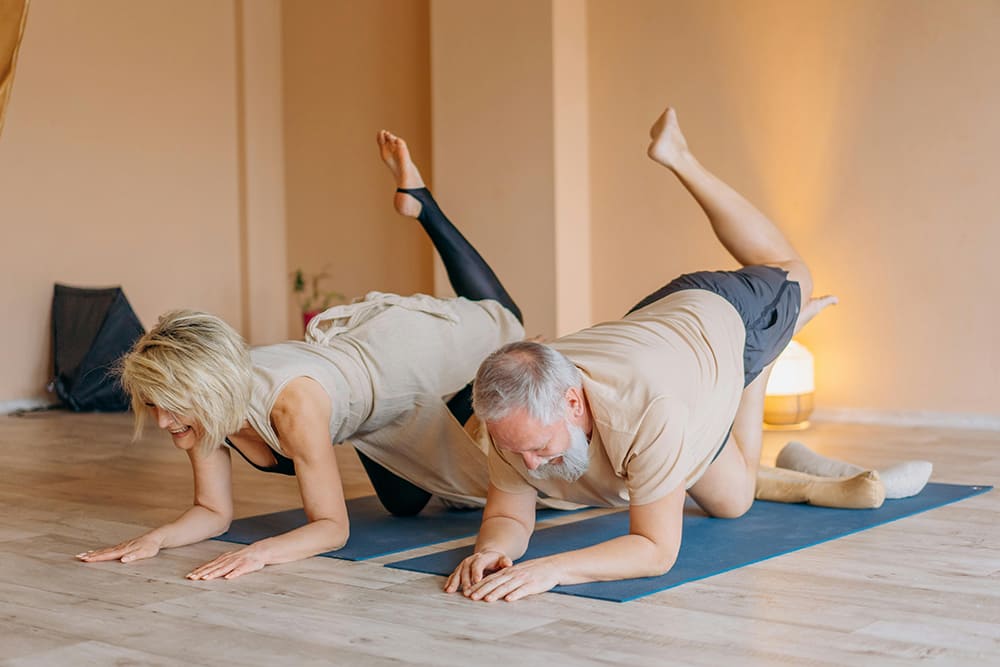
Christopher Ravn
Key Takeaways
1. Cognitive rehabilitation exercises were designed to assist those whose cognitive function has been impaired due to internal or external brain injuries
2. The techniques and strategies for cognitive rehabilitation involve cognitive restructuring and cost-benefit analysis.
3. Rehabilitation exercises are tailored to focus on enhancing a person’s cognitive skills by using mnemonic techniques to associate acronyms, associations, and other tools to retain information in the brain.
Table of Contents
1. What Are Cognitive Rehabilitation Exercises?
2. What Are The 4 Levels Of Cognitive Rehabilitation?
3. What Are The Principles Of Cognitive Rehabilitation?
4. What Are Examples Of Cognitive Training Methods?
5. What Are Techniques And Strategies For Cognitive Rehabilitation?
6. Who Needs Cognitive Rehabilitation?
7. Cognitive Remediation Vs. Cognitive Rehabilitation
8. What Are Cognitive Rehabilitation Exercises For Memory Skills?
9. 3 Cognitive Rehabilitation Exercises For Stroke Patients To Help Improve Mental Clarity
10. How To Improve Cognitive Function In Dementia Patients
11. Who Performs Cognitive Rehab?
12. Which Cognitive Therapy Apps Are Available?
13. How Does Counting Money Help In Cognitive Rehabilitation?
14. Frequently Asked Questions About Cognitive Rehabilitation Exercises
What Are Cognitive Rehabilitation Exercises?
Cognitive rehabilitation exercises were designed to assist people suffering from impaired cognition due to internal or external brain injuries. It helps to enhance memory, attention span, processing speed, and problem-solving. The main purpose of these exercises is to help patients recover from stroke, dementia, or traumatic brain injuries (TBI) and provide them with rehabilitation to build up their cognition, adapt to the changes, and develop new skills.
- Enhance cognitive abilities
- Improve daily function
- Boost confidence and independence
- Promotes neuroplasticity and helps reduce depression, stress and anxiety.
What Are The 4 Levels Of Cognitive Rehabilitation?
There are four levels of cognitive rehabilitation. The first level focuses on cognitive skills such as memory and attention. It uses strategies and exercises to enhance a strong foundation for rehabilitation efforts.
The second level focuses on daily functional abilities and assists in enhancing autonomy through personal hygiene and cooking tasks. At this stage, the occupational therapist assists the patient to feel confident and regain independence.
The third level focuses on social and vocational skills, which are important for those who want to get back into society and the workforce. At this stage, the therapist focuses on improving the patient’s communication skills, solving problems, and making decisions.
Level four of cognitive rehabilitation focuses on integrating oneself into the community so that one can begin socializing and get into recreational activities. It is designed to help patients who are suffering from cognitive impairment get back into the community and help them achieve a sense of purpose and fulfillment.
What Are The Principles Of Cognitive Rehabilitation?
There are three principles of cognitive rehabilitation: Principle 1, Principle 2, and Principle 3.
The first principle focuses on individualization and person-centeredness because there is no one-size-fits-all solution for those starting on their rehabilitation journey. Thus, this principle focuses on the person’s needs, strengths, preferences, experiences, and cultural background. This is important as it touches on the person’s coping mechanisms, goals, and learning abilities. Therefore, this principle focuses on the patient’s needs and preferences to provide efficient and effective cognitive rehabilitation.
The second principle is about empowerment, as it touches on the importance of providing autonomy to the patient so that they are free to make their own choices and decisions. This stage provides education and training depending on the patient’s conception, treatment, goal setting, and ways to take care of themselves. This provides a sense of ownership on their road to recovery.
The third principle focuses on a holistic overview where the patient is rehabilitated based on physical, emotional, and social well-being. It touches on their overall well-being rather than just their deficits by focusing on stress management, exercises, and social support in their rehabilitation program.
We Believe Prioritizing Brain Health Enhances Your Quality Of Life
Get to know our team, our mission and how our EVY LIGHT® can provide you and your loved ones with a fuller life, letting you breathe a little easier.
What Are Examples Of Cognitive Training Methods?
Let us look at three methods of cognitive training that are designed to assist with attention span, processing speed, and problem-solving.
Method 1 is cognitive training through video games, which challenges cognitive skills. Players who play action video games have been said to show signs of improved attention, processing speed, and enhanced problem-solving skills. Video games are known to help players focus on various stimuli, think clearly, and adapt to changes in the game. It is also used in other settings, such as education, where students have shown signs of improvement in school performances and increased cognitive ability.
Method 2 is working memory training that is designed to assist one in improving and manipulating information in the mind. A patient will need to recall a sequence of numbers, words, and other information provided. This helps to reduce the mind’s wandering, increase one’s ability to learn new information, and improve cognitive flexibility. It can also be used for those who suffer from attention-deficit/hyperactivity disorder (ADHD) in order for them to focus and complete a given task.
Method 3 is dual-task training, whereby the patient is required to work on two tasks at the same time. It helps to improve executive function, attention and processing speed. A patient could be trained to work on a memory recall task while walking or typing. This involved both physical and cognitive tasks simultaneously.
What Are Techniques And Strategies For Cognitive Rehabilitation?
The techniques and strategies for cognitive rehabilitation involve cognitive restructuring and cost-benefit analysis.
Technique 1 is cognitive restructuring, which focuses on helping a person notice and change their negative thinking patterns. It looks at the way a person thinks and challenges them to determine that it is not helpful and change it to more realistic and accurate thoughts.
Strategy 1 is cost-benefit analysis in rehabilitation, which focuses on the advantages and disadvantages of having a certain set of thoughts and thus determines the pros and cons of either keeping it or changing the thought pattern. You could also incorporate mental exercises for mild cognitive impairment.
The benefits of using cognitive restructuring and cost-benefit analysis include improving mental health and self-awareness, understanding thought patterns, managing stress, depression, and anxiety, increasing confidence and improving relationships, and enhancing one’s ability to make decisions.

Enhance your brain performance through the power of light.
Comfortable and easy to use 40Hz light therapy to support and improve your brain function.
View Our LightWho Needs Cognitive Rehabilitation?
- Stroke patients
- Traumatic brain injuries (TBI) from accidents or falls
- Those with neurodegenerative diseases such as dementia, Alzheimer’s, Parkinson’s, and Huntington’s diseases
- ADHD or dyslexia
- Older adults
- Stroke patients may be able to improve their memory, attention and problem-solving skills
- TBI patients may benefit from improved cognition such as memory, attention and processing speed
- Those with neurodegenerative disorders may be able to slow down their cognitive decline and enhance memory and attention
- Patients with learning disabilities may be able to improve their memory and learning skills
- Older adults may be able to prevent age-related cognitive decline and improve their state of independence.
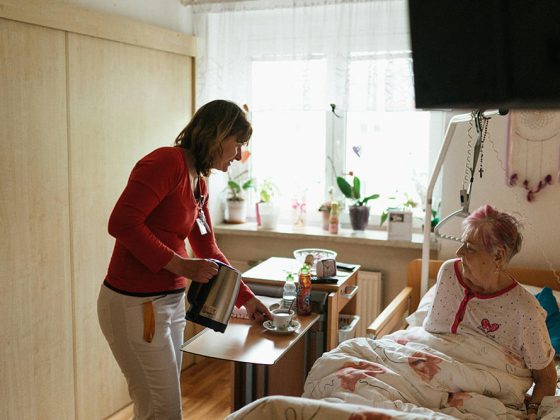
What Are The Goals Of Cognitive Rehabilitation?
The primary goal of cognitive rehabilitation is to enhance injury-related issues to assist patients in enhancing their independence and quality of life. It assists in providing a means to regain lost abilities and cognitive skills due to illness or injury.
The second goal focuses on enhancing overall well-being. The idea is to enhance one’s cognitive function, which may impact their quality of life, thus allowing them to engage in activities, maintain relationships, and be able to socialize or participate in recreational activities.
The third goal focuses on the empowerment of patients and caregivers with skills, resources, and knowledge to manage cognitive issues. It focuses on training, education, and support to assist individuals and caregivers in handling issues that are linked with cognitive impairment.
How To Do Cognitive Rehab
- Identifying cognitive deficits and creating a personalized plan
- Ensure that goals are achievable and measurable
- Provide cognitive training exercises that align with the goals
- Practice and add in new strategies
- Monitor progress and change plan as needed
As for techniques used in cognitive rehabilitation, they focus on challenging and reconstructing negative thought patterns, improving memory, enhancing attention and problem-solving skills and assisting patients in using other methods to make up for their cognitive issues.
Let’s look at some tips for effective cognitive rehabilitation. They focus on being consistent in practicing new skills, achieving realistic goals, ensuring that everyone is engaged, seeking support where necessary and being patient, as cognitive rehabilitation takes time and effort.
Cognitive Remediation Vs. Cognitive Rehabilitation
Cognitive remediation is the process of using behavioral intervention to enhance cognitive functions that are a result of traumatic brain disorders, schizophrenia, or psychological disorders. The main aim is to enhance one’s neurocognitive abilities, such as memory, attention, planning, executive functioning, and cognitive flexibility. It is done through reinforcing and repetitive learning exercises.
Cognitive rehabilitation uses a wider scope to improve cognitive function and focuses on the overall goals. The patient goes through a series of activities that have been designed to suit their needs, goals, and circumstances and focus on a specific cognitive skill.
Though both cognitive remediation and rehabilitation focus on enhancing cognitive function, they have different approaches and scopes. Cognitive remediation uses targeted approaches to focus on certain cognitive skills. Cognitive rehabilitation, on the other hand, focuses on the overall recovery goal. You can say that cognitive rehabilitation can work on its own and can be merged with other rehabilitation processes, such as social skills training or vocational rehabilitation.
What Are Cognitive Rehabilitation Exercises For Memory Skills?
Rehabilitation exercises are tailored to focus on enhancing a person’s cognitive skills by using mnemonic techniques to associate acronyms, associations, and other tools to retain information in the brain. This could range from using memory palaces, acrostics, puzzles and games, and brain teasers.
Techniques employed include using rote memory, connecting new information to experiences, visualizing mental images, and practicing new skills. The benefits include improving memory, enhancing cognitive function, building cognitive reserve, promoting brain health, and reducing the risk of cognitive issues.
3 Cognitive Rehabilitation Exercises For Stroke Patients To Help Improve Mental Clarity
- Exercise 1: Repetitive naming
This exercise helps improve speech production and articulation by showing patients objects and pictures and getting them to name them. There are also brain exercises for stroke recovery. - Exercise 2: Picture description
An exercise that may help improve mental clarity in stroke patients. A picture is shown and the person is asked to describe the image in as many ways as possible. It may help with focus, concentration, and the ability to process information. - Exercise 3: Meditation
It helps to improve memorization and overall brain function by focusing on an object or activity, such as breathing. It helps reduce stress and anxiety and improves one’s ability to focus and concentrate.
How To Improve Cognitive Function In Dementia Patients
- Baking, gardening or sweeping help them feel independent
- Word games, puzzles, and brain teasers that may improve cognitive function
- Brain exercises for seniors
- Physical exercises that may enhance balance and muscle strength
- Listening or playing musical instruments may help stimulate memory and thinking processes.
Who Performs Cognitive Rehab?
- Clinical neuropsychologists
- Speech-Language Pathologists
- Occupational therapists
- Physical therapists
- Neurologists
- Psychologists
- Geriatrician
- Rehabilitation counselors
- Diagnosing cognitive issues
- Implementing a treatment plan
- Educating patients and providing cognitive therapy
- Adjusting plans when necessary
- Master’s or doctoral degrees in fields such as clinical neuropsychology, occupational therapy, physical therapy, psychology, neurology, and other similar fields.
- A license or certification that has received professional board approval, such as the American Board of Professional Psychology for psychologists.
- Experienced with evidence-based practices
Which Cognitive Therapy Apps Are Available?
- App 1: Constant therapy is an app that may help enhance cognition, language and speech therapy. It provides speech therapy memory activities for adults and has a library of exercises, progress tracking, and community access that is designed for those who have suffered from TBI, stroke, aphasia, and dementia.
- App 2: MoodTools is a cognitive behavioral therapy app that may help patients improve their depressive mood disorder. This app has programs, training, and assignments that assist with tracking mood, meditation techniques, recording one’s thought pattern, and challenging their negative beliefs.
- App 3: Moodpath is another CBT app that may assist with contentment, emotional well-being, depression, and anxiety. It uses a mindfulness approach for issues with mood, exercises, a mood tracker, recording thoughts to challenge negative beliefs, and guided relaxation and breathing exercises.
How Does Counting Money Help In Cognitive Rehabilitation?
Counting money helps in cognitive rehabilitation by improving thinking skills such as memory, attention, and problem-solving. The benefits of counting money are that it enhances attention, develops problem-solving skills, and helps with language and speech impairments.
Counting money is a cognitive rehabilitation exercise that can help individuals with cognitive, speech, and language impairments improve their everyday skills. This activity targets specific thinking skills and abilities, such as working memory, attention, and problem-solving.
One can employ counting money as a cognitive rehabilitation exercise by using actual currency to make it realistic, using visual aids to help the patient understand money, and practicing using different bills such as USD1, USD5, and USD10. An example of how counting money can be applied is by having the patient count, such as 20 pennies, 10 nickels, and 5 dimes. You can also ask them to calculate the total cost of an item or use different denomination notes or coins and ask them to calculate the total amount.
Learn What Others Have Experienced with EVY Light
See how others have achieved a sharper mind by activating their gamma brainwaves in combination with maintaining a healthy lifestyle.
Frequently Asked Questions About Cognitive Rehabilitation Exercises
What Are Cognitive Rehabilitation Exercises?
Cognitive rehabilitation exercises were designed to assist those whose cognitive function has been impaired due to internal or external brain injuries. It helps to enhance memory, attention span, processing speed, and problem-solving. The main purpose of these exercises is to help patients recover from stroke, dementia, or traumatic brain injuries (TBI) and provide them with rehabilitation to build up their cognition, adapt to the changes, and develop new skills.
What Are The Goals Of Cognitive Rehabilitation?
The primary goal of cognitive rehabilitation is to enhance injury-related issues, enhance overall well-being, and empower patients and caregivers with skills, resources, and knowledge to manage cognitive issues.






